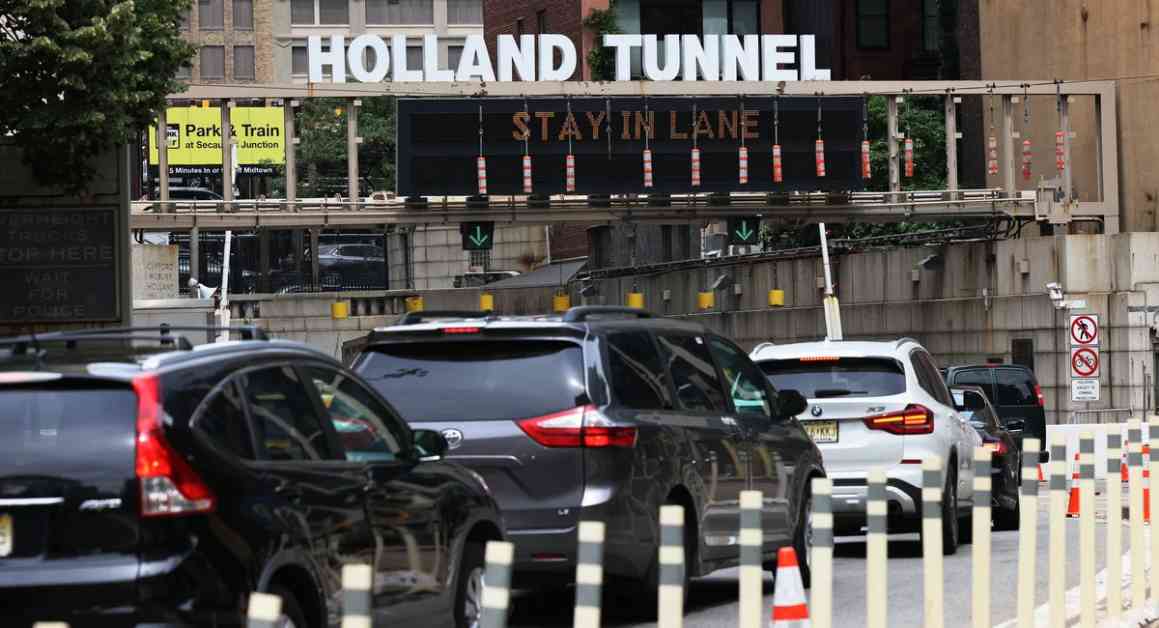Port Authority Toll Hike and NYC Congestion Pricing Launch
In a double whammy for New Jersey drivers commuting into Manhattan, the Port Authority announced a toll hike set to coincide with the launch of the MTA’s congestion pricing fees. Effective midnight on Jan. 5, passenger vehicle drivers using an EZ-Pass will face an additional 68 cents to cross Port Authority’s bridges and tunnels from New Jersey into New York. The peak hour charge will rise from $15.38 to $16.06, while the off-peak toll will increase from $13.38 to $14.06.
Details of Toll Increase and Congestion Pricing
Simultaneously, the MTA will implement congestion pricing tolls, with a $9 daytime fee for passenger vehicles. Drivers entering Manhattan via the Holland or Lincoln tunnels with an EZ-Pass will still pay the full Port Authority toll but receive a $3 credit against the new MTA charges. This means their maximum daily charge for driving a passenger car into New York will be $22.06.
Background on Implementation
The MTA’s congestion pricing launch comes over six months after Governor Kathy Hochul put a temporary halt on the previous plans to introduce tolls on June 30 at a $15 base price. The pause was lifted shortly after the November election, and the MTA board subsequently approved the tolls to commence on Jan. 5 with a $9 base toll. The Port Authority board later approved their own toll hike for the same date in December.
Future Fare Increases
Additionally, the Port Authority will raise the PATH fare from $2.75 to $3, effective Jan. 12— a week after the toll increase. Looking ahead, the MTA foresees a fare hike of its own next summer, with plans for a 4% price increase across the agency’s fares and nine bridge and tunnel tolls not included in congestion pricing. Specific details on these rate changes are yet to be announced.
As commuters brace themselves for the financial implications of these concurrent toll increases and congestion pricing fees, one cannot help but wonder about the impact on everyday individuals. The added costs may put a strain on families already struggling with the rising cost of living, forcing them to reconsider their daily commute options. It’s a reminder of the delicate balance many people face in trying to make ends meet while navigating the complexities of urban transportation systems.
The need for affordable and efficient transit options is more crucial than ever, highlighting the importance of thoughtful planning and consideration for the well-being of all commuters. As we adapt to these changes, it’s essential to advocate for accessible and sustainable transportation solutions that prioritize the needs of the community. Let’s stay informed, engaged, and proactive in shaping the future of our transportation systems for the benefit of all.












